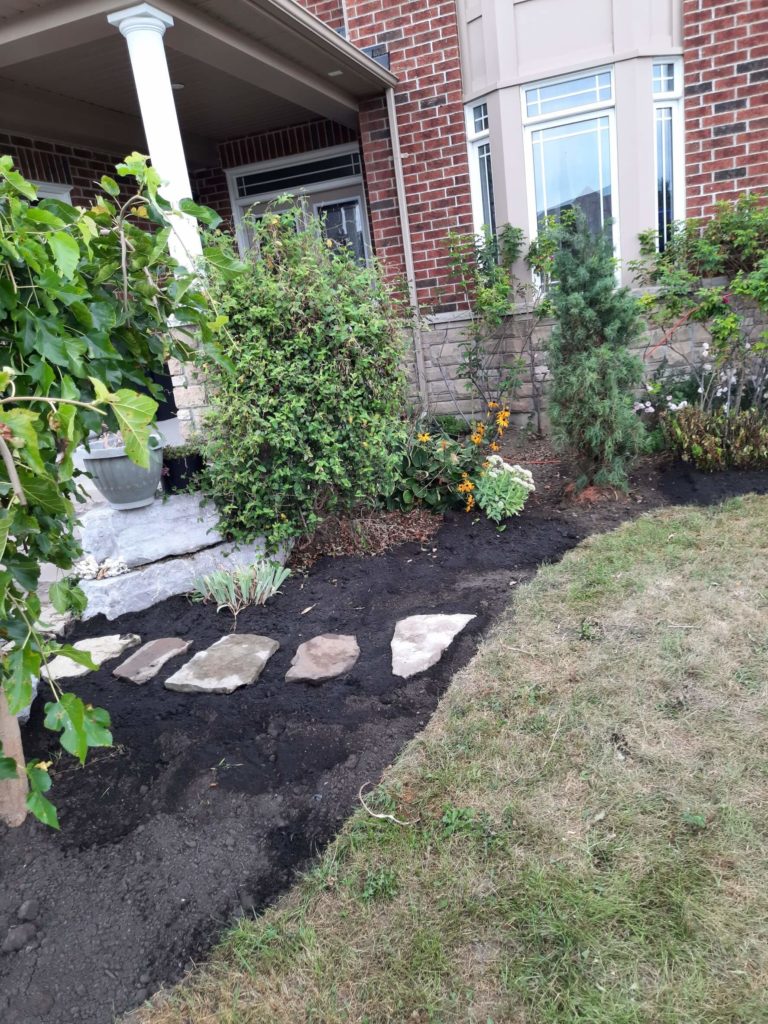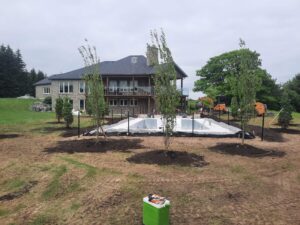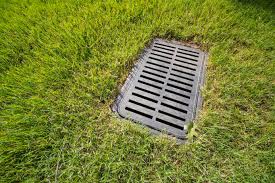Winter has rolled into town but don’t let it squash your gardening enthusiasm. This is the time to get your spring preparations in order. The better the prep of your landscaping in Oshawa, the better the display!
Landscaping Preparation For Spring
Interestingly enough, it is not recommended that you tidy your garden too much. Neaten the path edges, and borders look neat, pull up weeds (from moist soil) but don’t obliterate the leaves unless they are choking the perennials. If this is the case, carefully lift them and spread them around.
Don’t mow every sign of growth and retain seed-laden plants (e.g. coneflower). Prop up their droopy stalks & aim for an ecological sensitivity and aesthetics balance.
Cut back seedless perennials (e.g. peonies) to their rosettes once they start looking tired. Perennials that have disbursed their seeds can be cut back hard. The goal is a grouping of elegant forms that will look delightful when coated in snow. Ditto for grasses and shrubs.
Any leafy plants that look mushy must be cut down to the ground. If you have an annus horribilis with slugs, mix a magical potion of ammonia and water (1:4) and pour it around the root areas. This adds nitrogen and kills buried slug eggs.
Details Of A Fall Garden Checklist
PRUNING – Have dead branches and trees professionally removed. This can be repeated right into December. Shape young plants but only if there are sufficient days for wounds to heal. Ask an expert or book one. If a shrub or tree is left fragmented with shabby stubs, its immune system is affected.
PLANTING – Planting trees and shrubs in a hole that is a little deeper than the root system but with double the width. Fill with ordinary soil, top that with a ten cm layer of compost and finish with mulch. If you add another layer of compost on top of the mulch, it looks elegant.
If you have dug holes for your bulbs (and have retained the soil indoors), you can then plant your gorgeous bulbs in late November. You can generally add new plants right up to frost.
MULCH AND COMPOST – The magical duo of gardening will improve any soil. Don’t dig it in; just add it to the surface. Worms will circulate compost into the soil.
WATERING – Watering is key, and your hardworking garden needs significant amounts of it heading into winter. No soggy soil but sufficient water. Before the deep frost, but after leaves start falling, give your garden a deep water to saturate at least the top thirty cm of soil. Evergreens are very thirsty as they transpire (breath) throughout winter. Brown, falling needles are called winter burns, but it’s actually a sign of underwatering. Check on them during January for watering needs.
If you have a special fall landscaping question for your Oshawa garden, give us a call or fill in our online form. We would love to help you have a good, blooming Spring.











